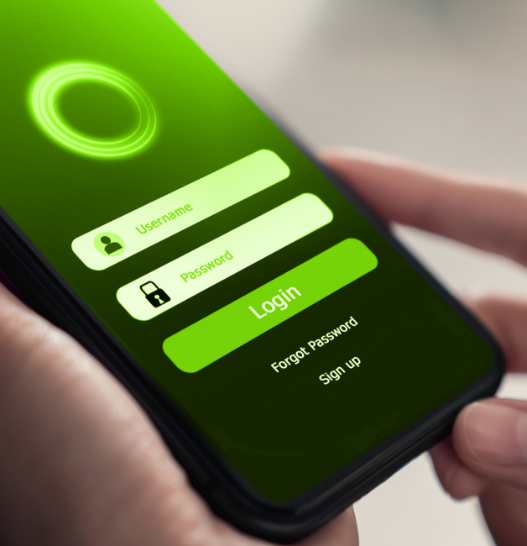Let’s be honest: We all deal with products day after day that are created for specific people – but is the product suitably matched to these specific people?
Whether B2B or B2C, digital or analog, web store or medical technology. We all have clients and users. First and foremost, it’s about designing the solution to a problem with the product.
However, solving is only half the battle.
How something is solved determines efficiency, satisfaction, and ultimately the question, “Do I continue to use this solution?” – so it’s about whether your product survives or not.
However, the “how” in the application is too seldom really thought about.
Of course, there is a flow that the user experiences with your product. But that only means that the product works somehow.
Too often we see that in practice statements like “we’ll write that in the manual” or “our product is so complex, it can’t be done without training” are not questioned and accepted because “that’s the way it’s always been”.
However, very few people with product responsibility know whether the use of the product functions as the user actually requires or even improves the status quo. Yet it is precisely this knowledge that determines whether one is responsible for any product or a really good product.
So how do I find out how users work with my product?
Quite simple: observe, ask, revise, repeat.
Admittedly: That sounds simple. With the experience of over 300 projects, various design awards and clients who have become market leaders with us, we can say: that’s exactly what you have to do.
The first step is to talk to users. Find out how your product is being used. Preferably in a live environment. Take note of every detail you would have expected to be different. Ask questions. Every answer you get here is worth its weight in gold. You should revise these points as soon as possible. Because they are the points that bother your users a lot.
Even if it’s difficult, don’t fall into the trap of thinking that the user is “coping well”. That’s right: they may be doing so right now – but it was usually a rocky, unpleasant road to get there.
The second step is to incorporate the feedback into your product. The devil is often in the detail here – but the investment is worth it.
To give you a few figures: a single observation / design sprint carried out professionally with us raises the rating of an app in the AppStore by one star. If we start with a complete overhaul, all our apps enter the AppStore with 5 stars. To date, there is no exception.
For anyone who is now wondering whether this also works for products other than apps and what we do differently, we recommend reading the case study on our Red Dot Award together with Smiths Detection.
Here we explain how our interdisciplinary team of psychologists, market researchers and designers simplified and accelerated a complex and important task (the airport security check) with our data-driven UX method.
My grandma always said: Nothing good happens unless you do it. So let’s get on with it.



